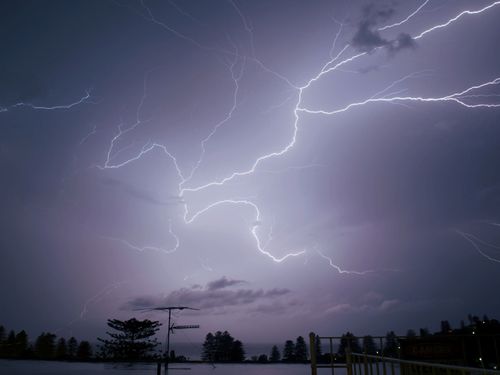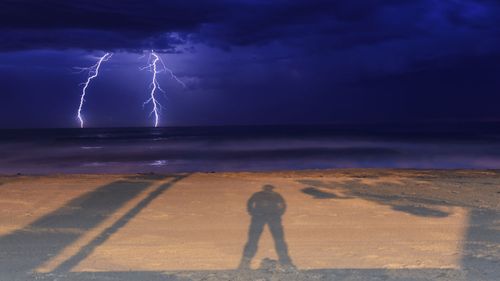
The findings “reconcile long outstanding questions” about the differences between land and marine storms, the study said, and could explain why levels of lightning over tropical oceans are reduced compared to the number seen over land.
To investigate, researchers analyzed weather, aerosol and lightning activity data from Africa and its adjacent oceans from 2013–2017.
They discovered that coarse marine aerosols, such as salt, reduced lightning frequency.
Researchers found fine aerosols promoted the electrification of clouds, as they do over land, while coarse salt particles from ocean spray reduced lightning by weakening convection within clouds.


The study said large particles promoted warm rain to fall before cloud water had a chance to rise up and reach required levels for super-cooling – a necessary step towards cloud electrification.
This has the effect of reducing the upwards transfer of heat over the sea, the study said, affecting the amount of rainfall necessary to drive atmospheric circulation.
Australia’s lightning hotspot is in the far north, closest to the equatorial zone.

‘River City’ wakes to white-out as fog swallows city
According to the Australian Bureau of Statistics, between five and ten people are killed from lightning strikes each year, while about 100 are injured.
